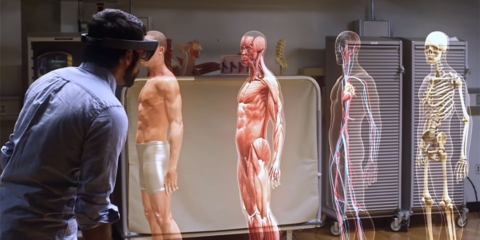Would you like to get notifications from Christian?
What happened? As holograms become more and more commonplace, it was only a matter of time before they made their way into the business world. Cisco has taken the lead in this area with its new Webex hologram technology. This technology allows for real-time holograms of people to be displayed at meetings, no matter where they are located on the planet. This is a huge step forward in virtual meeting technology and will revolutionize how we communicate and do business!
Why is this important? In a world that is increasingly digital, it's important to remember the importance of human connection. This technology allows us to create holograms of people that look and feel real. We can have meetings with people from all over the world without ever leaving our office or home! This is a huge step forward in terms of communication, efficiency, and productivity.
What's next? The sky is the limit for this technology! We can't wait to see how holograms will change the way we meet and communicate. With Cisco leading the way, we are confident that holograms are here to stay! Holograms have previously been mainly restricted to the sci-fi scene, but now that Cisco is introducing them into Webex, they are indeed on the cusp of moving into the real world. How will this positively affect people and the planet?
At a recent presentation held at Cisco Toronto’s Innovation Lab, a group of media experienced the Webex Hologram in action, as work on the product continues to the point where there will be a full-fledged launch that delivers what the company describes as “photorealistic, real-time holograms of actual people. If we can meet in a virtual way, using advanced holographic technology we have to travel less and this will have a positive impact on our planet. Of course, nothing compares to meeting and interacting in person, but as this technology improves, it will begin to feel more natural and human, making it a viable option in comparison to meeting in person.
What do you think? Are you excited about the possibilities of holograms in business? How do you think this will affect the way we communicate and do business? Let us know in the comments below!
Author: Christian Kromme
First Appeared On: Disruptive Inspiration Daily
Christian is a futurist and trendwatcher who speaks about the impact of exponential technologies like AI on organizations, people, and talents. Christian tailors his presentations to your audience's specific industries and needs.


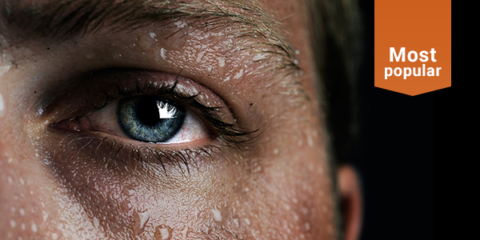
Our world is changing at an exponential rate! A big tidal wave of digital transformation and disruption is coming at us fast. Many organizations see this wave as a threat and experience stress, but there are also organizations that just see this wave as an opportunity.

Imagine sitting with just 10-15 fellow executives at a premier location, gaining clarity on the impact of AI on your industry while enjoying an exquisite dining experience. These are not just meetings—they are transformative moments that will shape the future of your organization
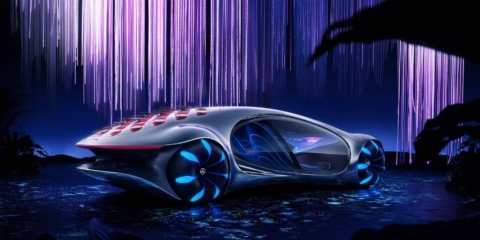


In the future, 3D printing and generative design will allow for products to be designed in a more decentralized manner, and production will take place closer to the customer and fully on-demand. 3D printing technology will also allow for more customization and personalization of products.


The agricultural industry is ripe for disruption. Robotics, AI, and IoT are all technologies that have the potential to radically transform the way we grow food. In combination with vertical farming, these technologies could increase the efficiency and quality of agricultural products.

A human-centered society is one that puts people first and where technology is used to unite and empower people. It is a society that values biological life and dignity above all else. It is a society that recognizes the importance of human relationships and works to strengthen them. In a human-centered society, all members of the community are valued and treated with respect.
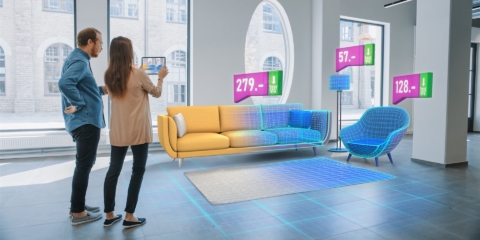
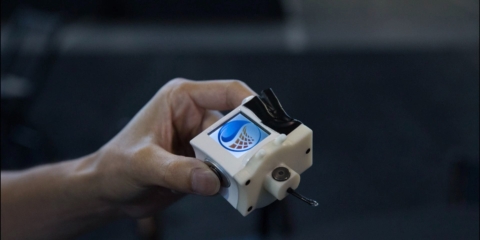
The future of healthcare is here. New technologies like AI, IoT, big data, and smart sensors make it possible to become the CEO of your own health. Imagine that your phone can listen to your voice and AI algorithms can detect small nuances in the tone of your voice that indicate specific diseases.
